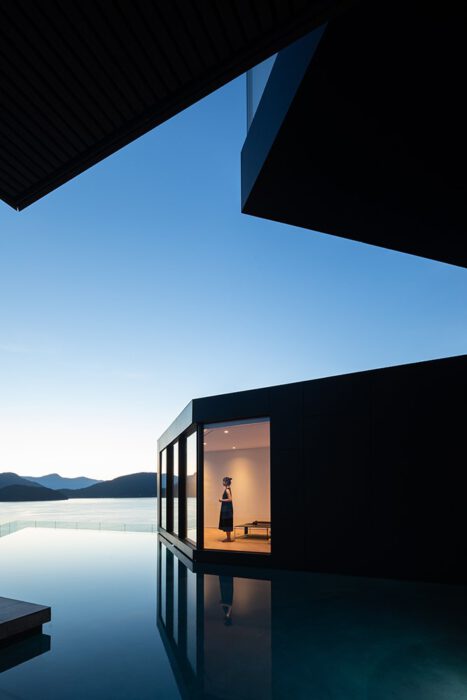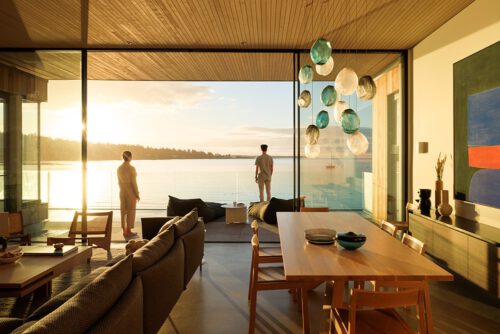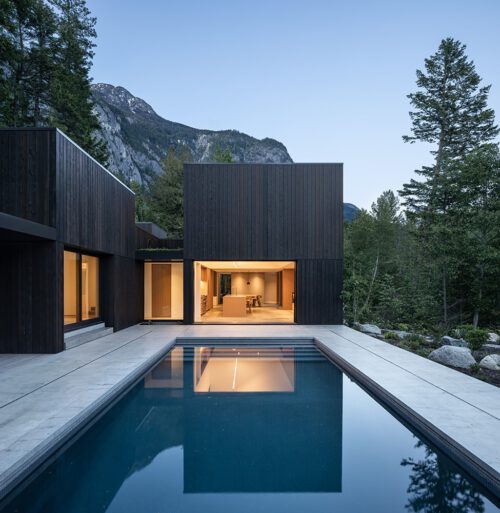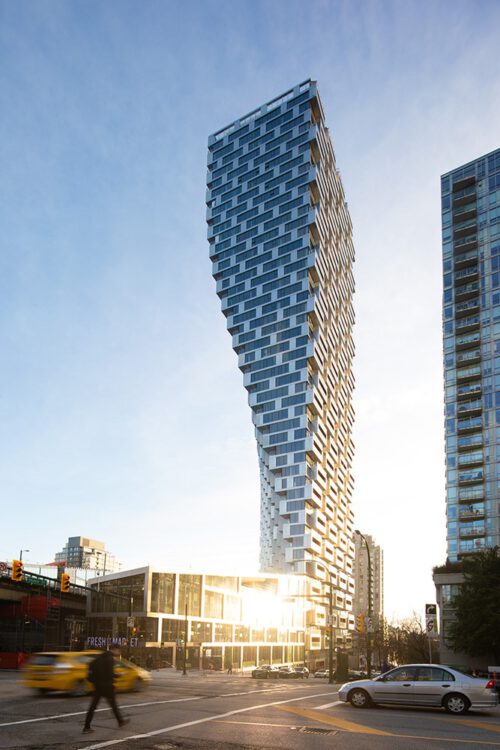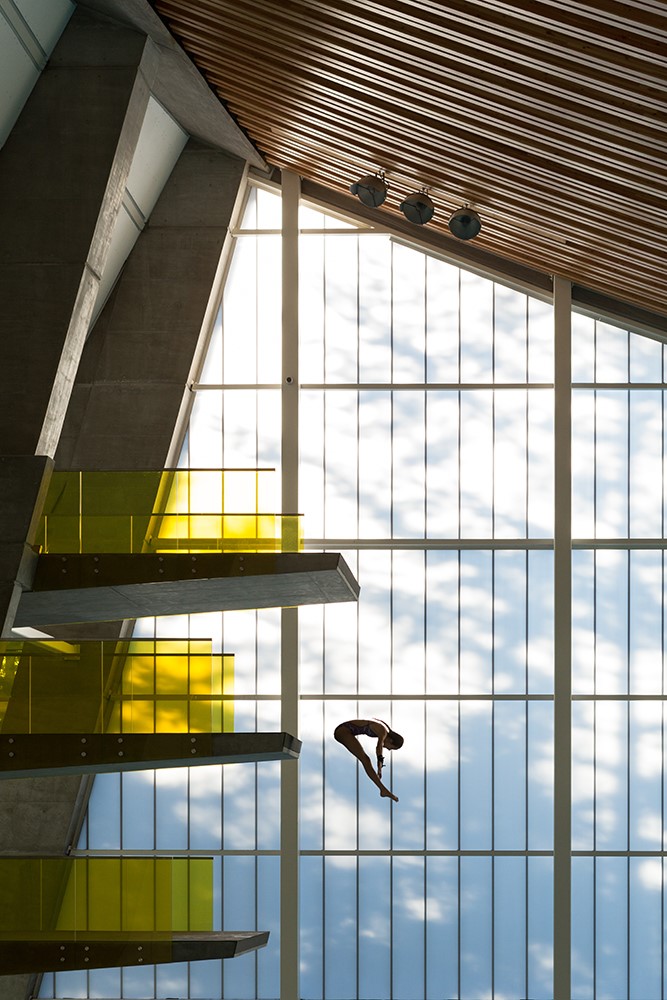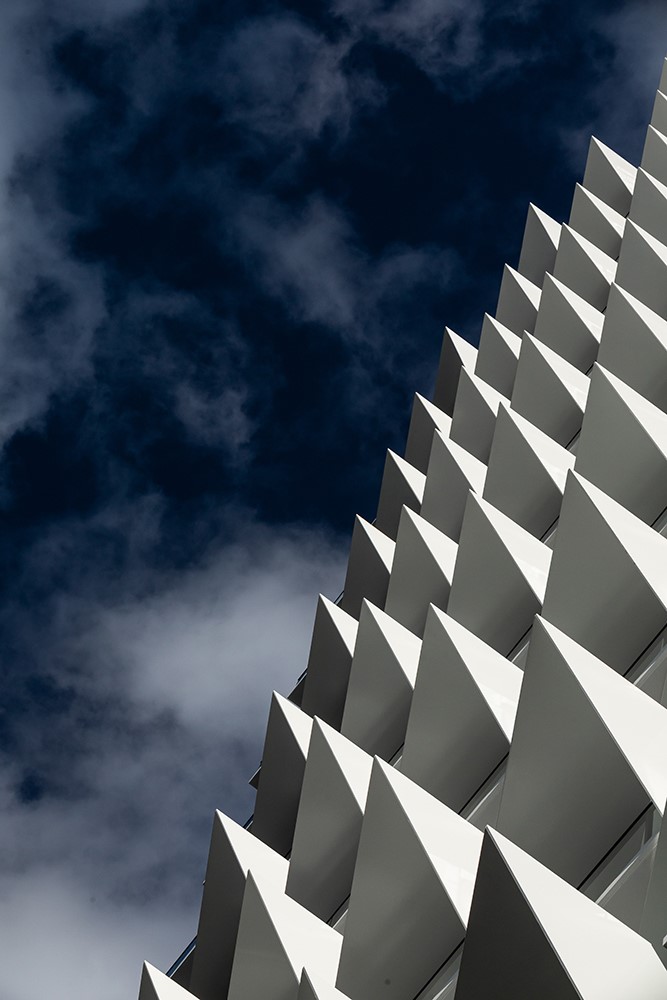Ema Peter
“On living life with purpose and uncluttering the visual world”
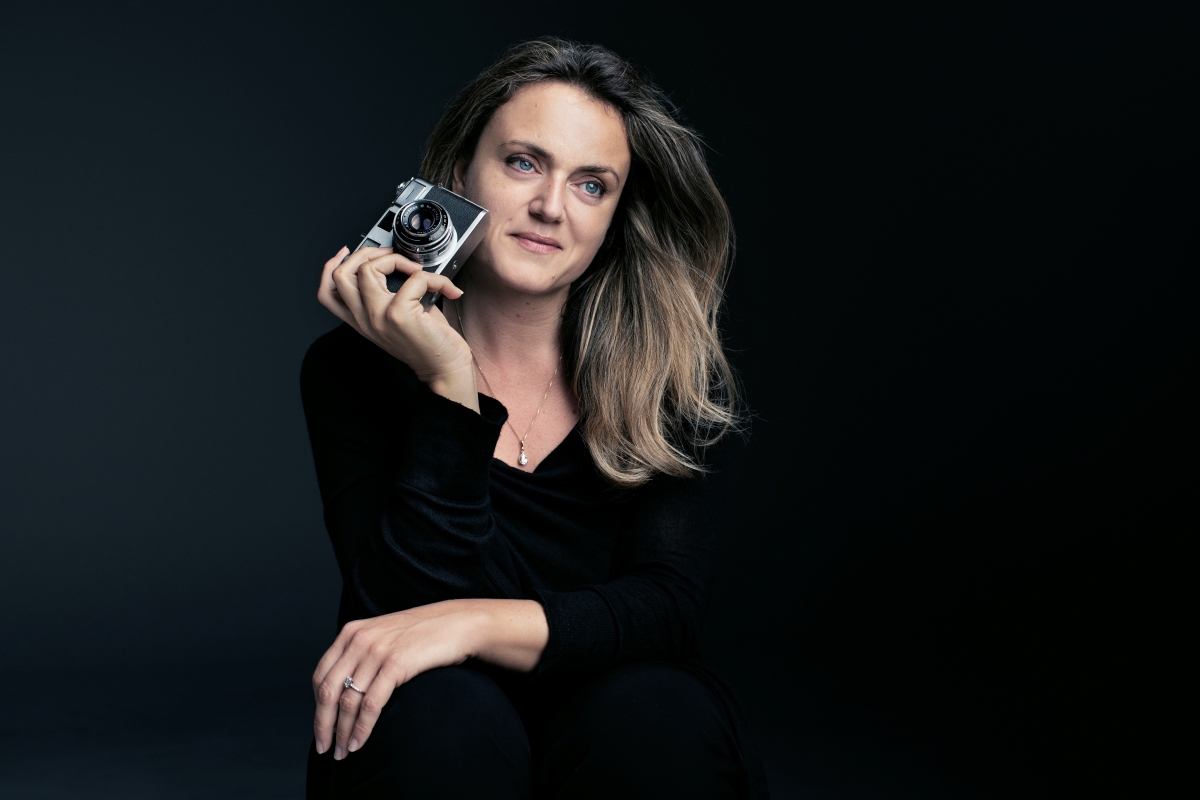
Her images have been published in Architectural Digest, Objekt International, Dwell, Wired, and The New York Times, to name a few. Award-winning architectural photojournalist and founder of Ema Peter Photography Ema Peter spoke to DIVIA about her Bulgarian roots, learning from the world’s best filmmakers, taking simple yet moving photos and instilling confidence in female artists.
By Veronika Lukashevich
Bring us back to the beginning. Where does your love for photography stem from?
I had a camera when I was six years old. I grew up surrounded by some of the most famous Bulgarian filmmakers and watched them do their masterpieces, work all day and night, pour their passion into filmmaking, into their discussions about their next projects.
In many ways this set me up from the very beginning to understand that life without passion and purpose is almost meaningless. I’ve never actually felt [meaninglessness] throughout my life because of that incredible foundation that all the filmmakers, including my parents, set in me. My dad was not only a cinematographer but also a photographer. He did photography projects on the side when he was not filming. Our kitchen would become a dark room. Whenever he was printing, he would black out the windows, put the green light on. We would sit together – I was about four or five years old at that point – and he would expose the photo paper and then put it in the developer. The moment when the image used to slowly show up on the paper – I always thought that’s magic. Honestly, to this day, every time I press the shutter and see the photo, I always think that I am capturing special moments, and it’s almost like a very important thing in my life to always feel like every shot is worth it, that every shot has a meaning.
“I always think about what can my talent, passion and work bring to the project to make it shine? That’s the key for me when I’m photographing.”
You studied photography at the very competitive National Academy of Theatre and Film Arts in Sofia where you were the only female in the program. During that time Bulgaria was also in the middle of a political turmoil after Communism fell in the late 80s. What were these experiences like and how did they impact you personally and professionally?
The Communist regime fell when I was 12 or 13 years old. This was an incredible time to witness, but at the same time I saw all the hardships as well. We were in hyperinflation; it was like after wartimes. I remember long line-ups for bread, sugar, coupon systems, not being able to pay for anything. The film industry collapsed, and all these incredibly passionate people lost their jobs. My dad used to renovate apartments to get money. But at the same time, you saw a spirit of a nation coming together trying to fight for something. Later on, when I was in the Academy, we continued to fight against the Socialist government at that point. I was in the streets for three months, in the cold, recording. I felt like this was the place in photography for me at that moment, to record everything that was happening in my country. It was an incredible adrenaline rush, and at the same time it taught me to not take anything for granted. Life is not a general rehearsal. We live it once, so making sure that you understand every opportunity you’re given is so important in order to progress your career. I always looked for those opportunities and remained humble. Being the only female in the Academy – you know, in Communism, the one exceptional thing is that there is no “male and female”, everyone is equal –, in many ways I didn’t look at it from this perspective and still don’t. I feel when you are passionate about your work, architects recognize this. It’s all about how good your work is. It’s one of the brilliant things that came out from me growing up in that type of environment, as I always think about what can my talent, passion and work bring to the project in order to make it shine? That’s the key for me when I’m photographing.
It’s interesting you started your career as a news anchor – how did it impact your profession as a photographer?
Yes, I was a TV presenter, which was exceptionally hard for someone who loves to be behind the camera. But it taught me to talk to different people. It was an entertainment show, prime time on Saturdays at 8pm, and I remember it was horrifying in the beginning, but later I came out of my shell and was able to talk to everyone. So, in many ways in architecture, where we have so many unknowns and deal with so many things, it was exceptionally helpful.
“I feel more and more that in our super charged reality we need to have a zen and calm image that stops us in our tracks. Otherwise, we are just constantly reviewing a sea of images that come to us through social media.”
Why did you decide to focus on architectural photography?
When I came to Canada, I was a photojournalist. I had studied photography for four years, profiling in photojournalism, then worked at Magnum Photo Agency, where I was taught by people like Henri Cartier-Bresson, Josef Koudelka, Abbas. I was surrounded by some of the top photojournalists in the world, but when I came to Canada, that opportunity didn’t exist. I knocked on doors for six months, and I was not hired by anyone. In the end I ended up being hired by VRX Studios who were a tiny provider for imagery for Expedia at that point. Suddenly, I was sent around the world – whichever part of the world I was able to be sent in with a Bulgarian passport – to photograph hotels and resorts, which really pushed me into the interior architecture aspect of work. On a trip to Paris, my uncle who is an architect, he took me to see some of the Le Corbusier projects, and I totally fell in love with the clean lines of the exceptional architecture Le Corbusier did. Little by little I understood that I would like to somehow see the future. The only way I could think about doing that is through the eyes of the modernness, photographing modern architecture, for architects who try to push the boundaries. This pushed me to become an architectural photographer, but I still used the architectural and photojournalistic approach. I always call myself an architectural photojournalist, because I try to catch those two aspects together, those decisive moments where the architecture and humanity somehow combine. That’s my biggest goal.
Also, you say: We need to treat buildings like humans when we photograph them. What do you mean by that?
When you meet a person, you want to know who they are. I feel the same way about buildings. A building is so different at five am, when the sunrise happens, with all the shadows throughout the day or at the end of the day. It’s different when it’s very quiet or when people are walking through or when you catch a lonely person. So, in many ways you feel the building. This is where I say, you have to treat it with humanity.
How important is the collaboration between the architect and the photographer to capture the authenticity of the building?
A building an architect’s child. Understanding a building means having long conversations with the architects. You need to understand who they are as a person, what their values are, their inspirations. That’s why long-term collaborations are so important: at the end you somehow get each other without even talking. But having an initial base of understanding is exceptionally important for the success of photographing their projects.
“The more [women] show that we are self-confident, and we can really showcase our work and push forward, the more I hope the gap is going to close.”
How would you describe your work? Do you have a favorite photo of yours?
I feel in different moments in life you have different images that are important to you, but recently I did a photoshoot in a house called Black Cliff House by Mcleod Bovell Modern Houses, an architectural firm in Vancouver. I photographed the owner of the home in her tearoom, which is floating in the water. This image made me stop and take a breath. Every time I see it, it makes me feel zen and calm and really explore the lines of architecture. I feel more and more that in our super charged reality we need to have a zen and calm image that stops us in our tracks. Otherwise, we are just constantly reviewing a sea of images that come to us through social media.
You’ve mentioned once that of one your „biggest goals is to make sure I support female architectural photographers in their journey and manage to help diversify this primarily male field“. How can this be ensured?
This can happen by constantly instilling self-confidence in females. The more we show that we are self-confident, and we can really showcase our work and push forward, the more I hope the gap is going to close. I also mentor people and spend time with young female photographers, discussing exactly how I can support them, and I have to say: it’s not about the photography, it’s about their own security in their own work rather than this whole “females cannot do as well as men” thing.
How is architectural photography changing and what do we need more of these days?
We need to visually unclutter the world. The simpler the image, the more impactful it is. Architectural photography is trying to showcase a lot more of the simple, clean type of photography but also a way of artistic living. We need less. There are over a billion images floating on social media daily. We need to show less images but more impactful ones.
Anything else you’d like to add before we wrap up?
The only motto I live by is: “our mindsets create the world.” It’s important to take your photography and ensure that every day you can create something impactful and visually strong and at the same time ensure that there is purpose in life, that there is strength. In many ways you can do it through your art, whether you are an architect or a photographer.
Create more, be passionate more, and hopefully this will be a better world because of it.
Ed. Note: This interview has been edited for length and clarity.
